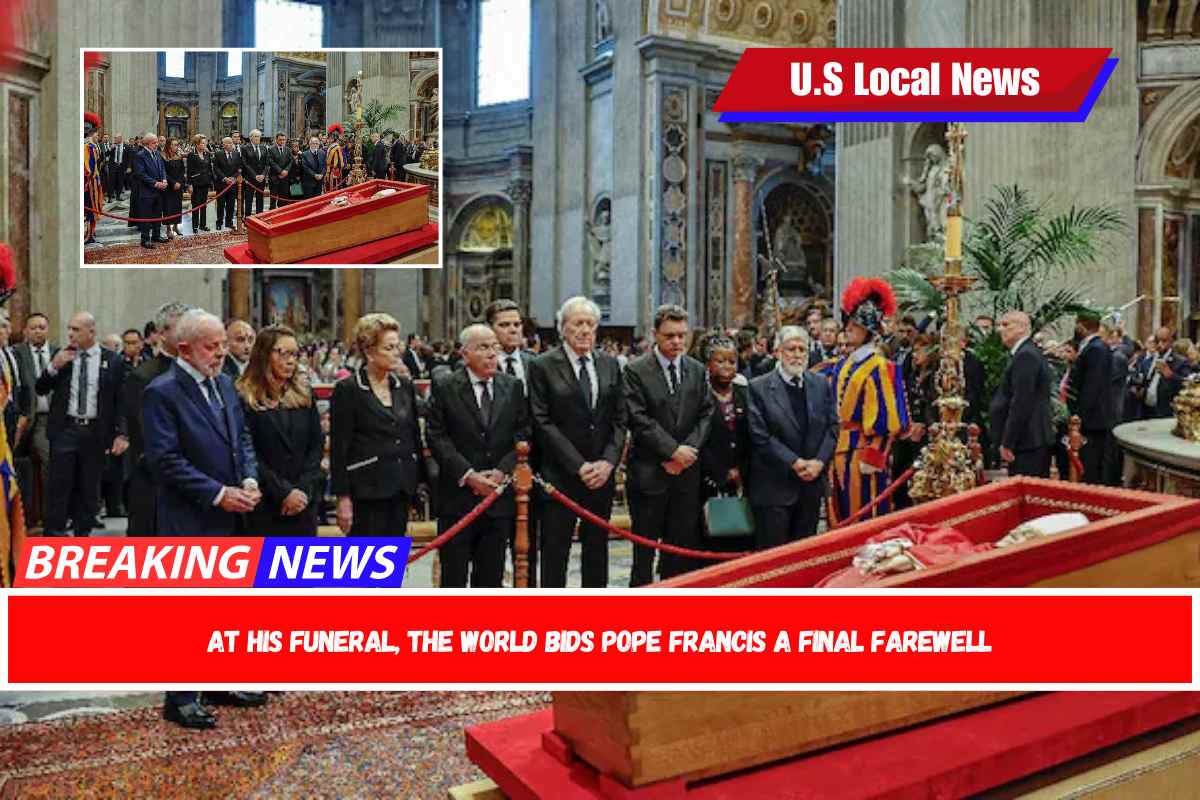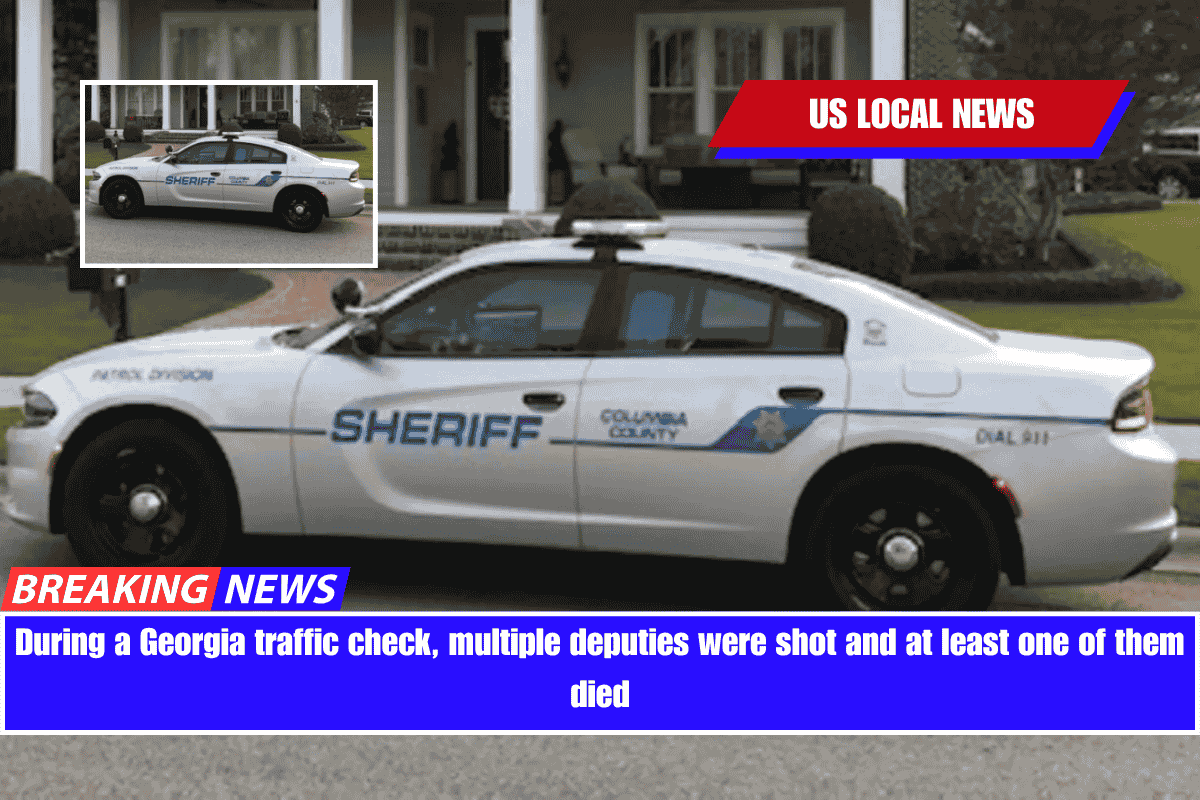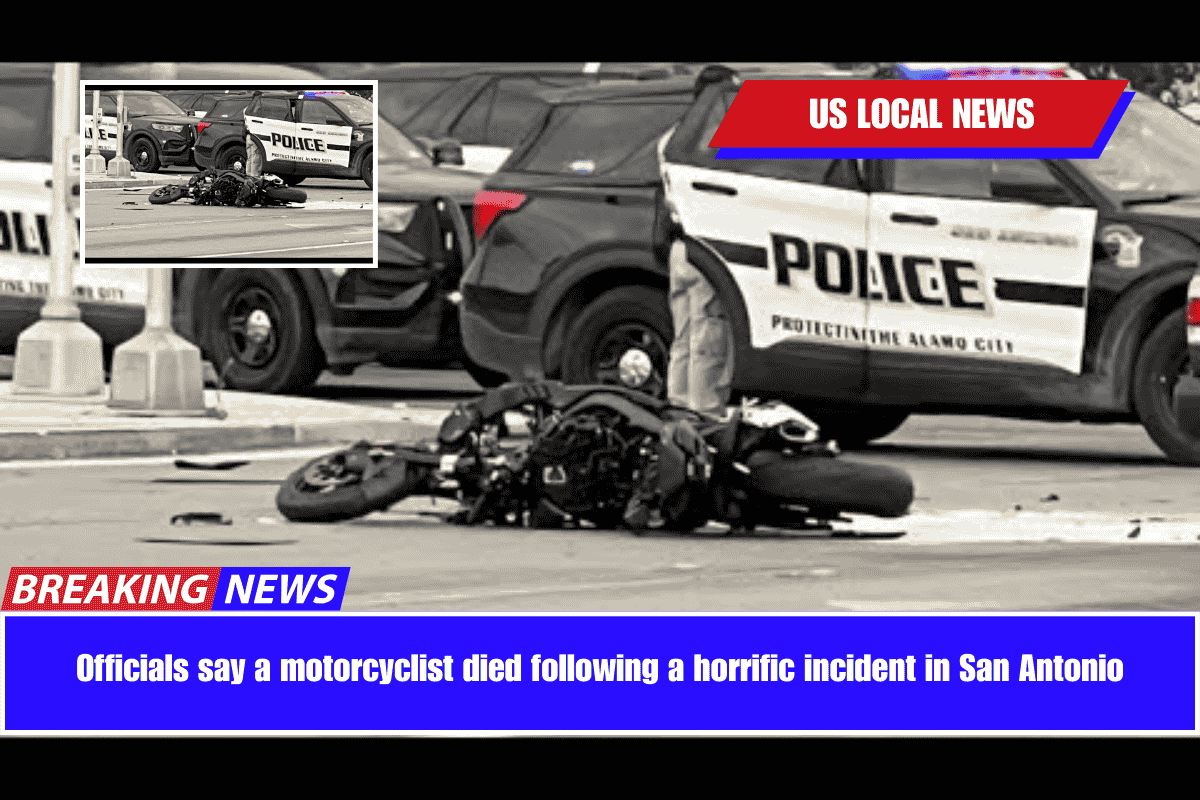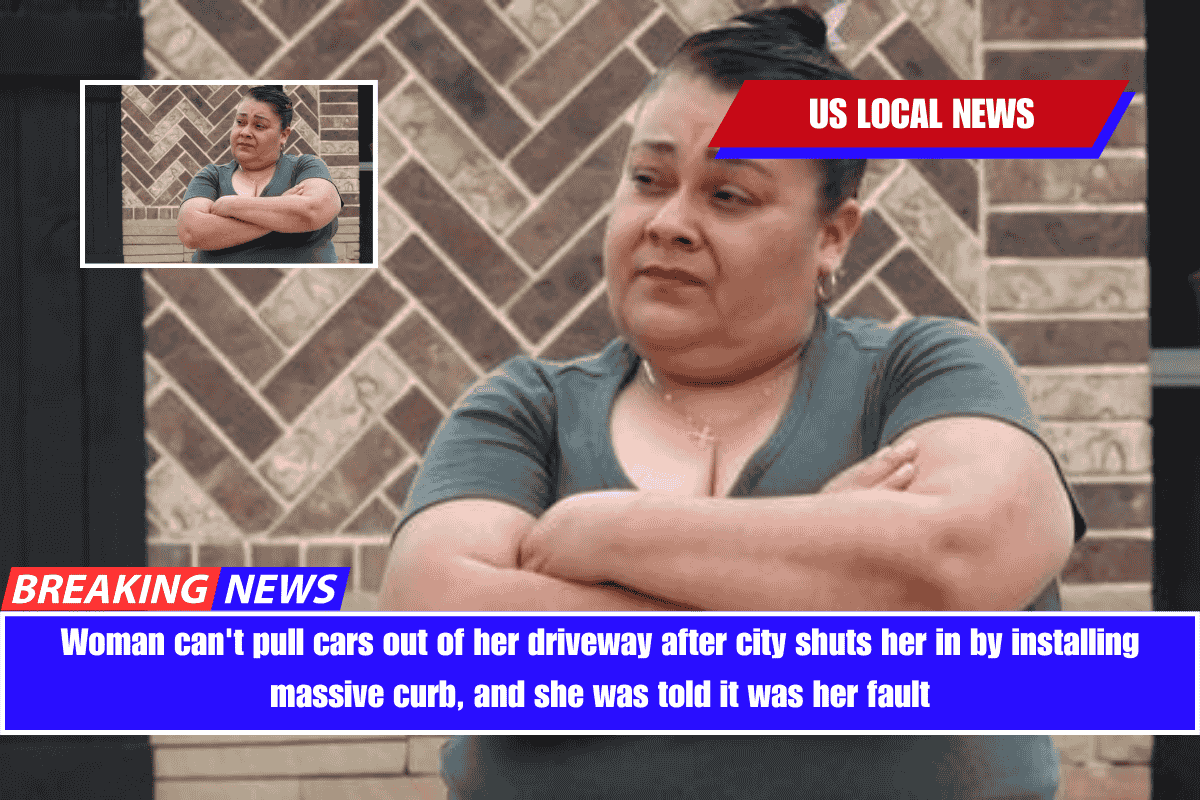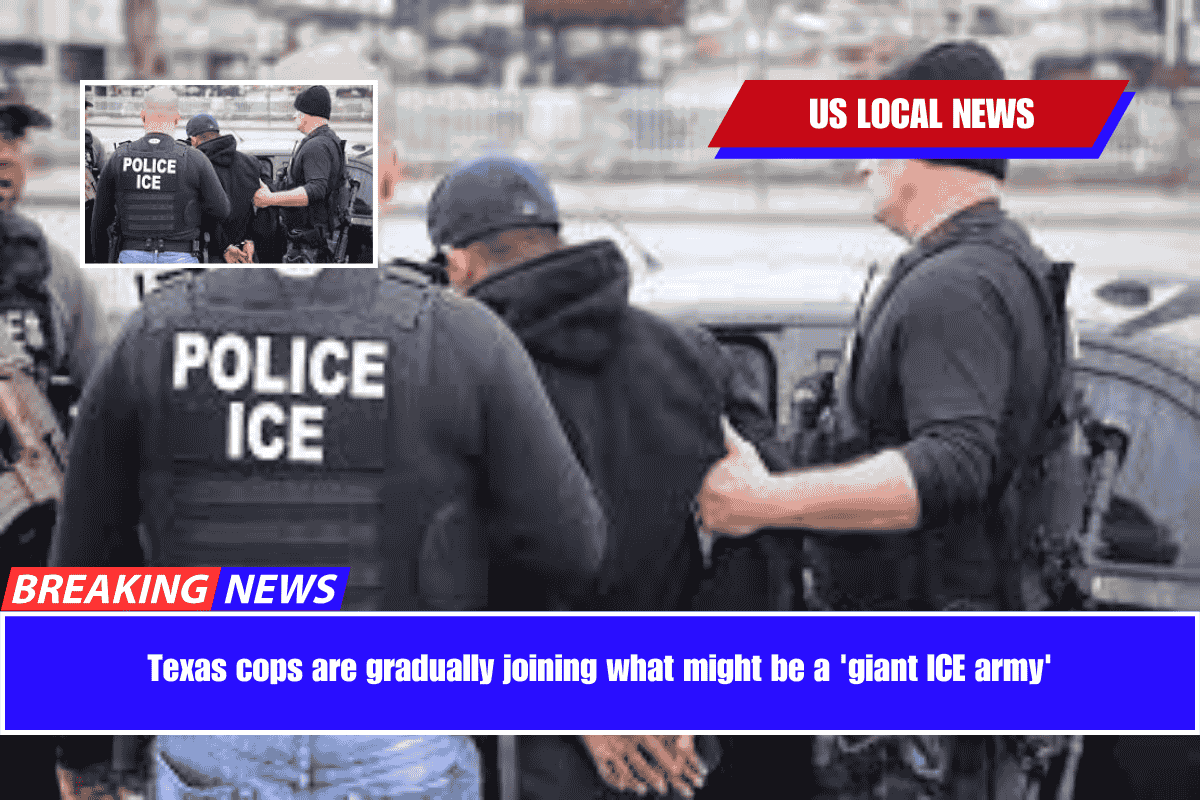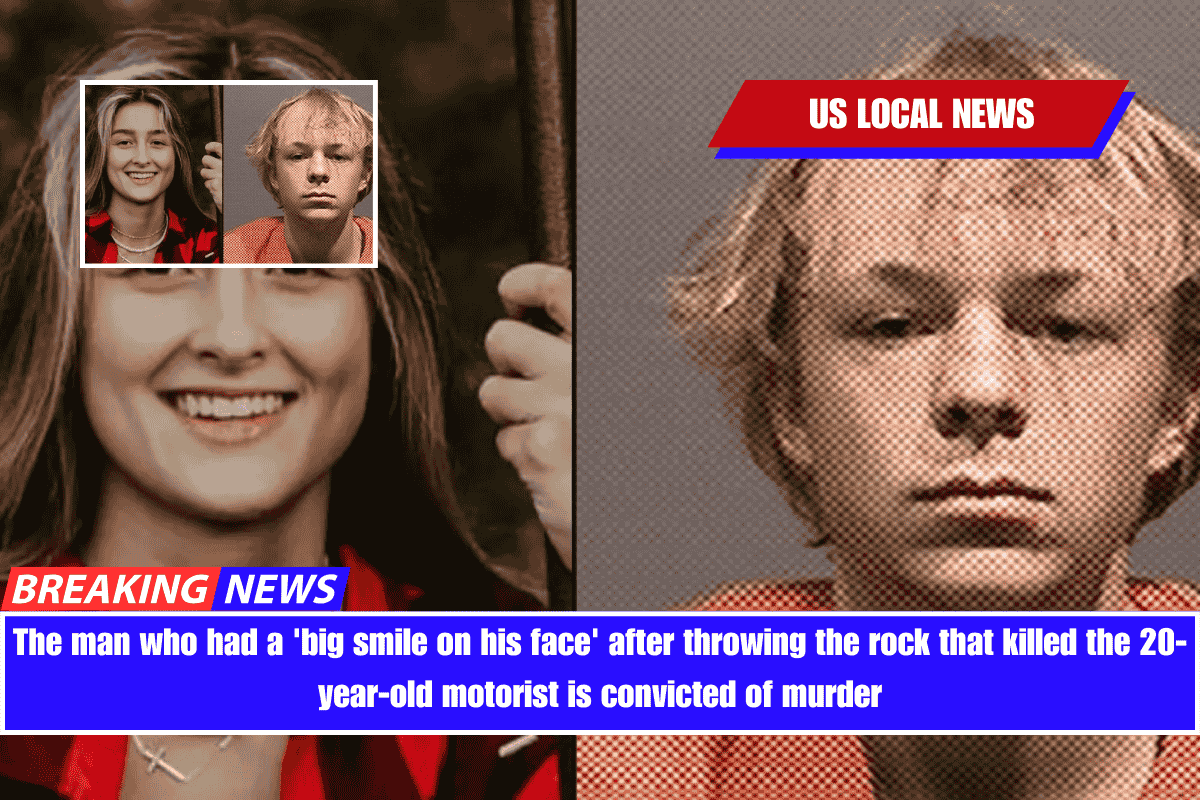Pope Francis was laid to rest on Sunday following a funeral mass attended by over 250,000 mourners and over 130 world leaders, less than a week after passing away at the age of 88 from a stroke and heart failure.
The funeral was broadcast live around the world, including to 1.3 billion Catholics.
Francis died on Monday morning, one day after Easter, as he joined the faithful in St. Peter’s Square.
After three days in St. Peter’s Basilica, the simple coffin was moved out into the piazza on a warm and clear day. There was applause when it was shown outside on a Jumbotron.
The bells at St. Peter’s Basilica tolled as congregation members took their seats for the two-hour funeral service outside on St. Peter’s Square, which began at 10 a.m. local time.
Delegates from 164 countries attended the funeral. U.S. President Donald Trump was joined by former President Joe Biden, British Prime Minister Keir Starmer, Prince William, French President Emmanuel Macron, Brazilian President Luiz Inacio Lula da Silva, Philippine President Ferdinand Marcos, and Ukrainian President Volodymyr Zelensky.
An open Book of the Gospels was placed atop Pope Francis’ closed coffin. The service included several prayers. The majority of music was sung in plainchant, which is composed of musical lines chanted by priests and choirs.
Priests and other celebrants distributed Holy Communion (bread and wine) to the cardinals. The choir sang Psalm 129 in Latin. In English, it is “Out of the depths I cry to you, O Lord; Lord year my voice!”
Cardinal Giovanni Battista Re, dean of the College of Cardinals, officiated, leading the Eucharistic Prayer and calling the faithful to God’s service before reading his sermon on the steps of the basilica.
He referred to Francis as a “pope among the people” and praised his ability to lead with “an open heart towards everyone.”
“Rich in human warmth and deeply sensitive to today’s challenges, Pope Francis truly shared the anxieties, sufferings and hopes of this time of globalization” according to Re. “His gestures and exhortations in support of refugees and displaced people are numerous. His commitment to working on behalf of the poor was unwavering.”
He mentioned that Francis’ first trip as pope was to Lampedusa, an Italian island in the Mediterranean that is the first port of call for people crossing from North Africa.
Francis, born Jorge Mario Bergoglio in Argentina, has advocated for people in conflict-torn areas such as Gaza, Ukraine, Sudan, and South Sudan.
“Faced with the raging wars of recent years, with their inhuman horrors and countless deaths and destruction, Pope Francis has repeatedly raised his voice, imploring peace, calling for reason, and inviting honest negotiation to find possible solutions. He said that war kills people and destroys homes, hospitals, and schools. War always makes the world a worse place than it was before: it is a painful and tragic defeat for everyone,” Re stated.
According to Vatican News, he made 47 Apostolic journeys, including those to war-torn Iraq and the Asia-Oceanic region.
He re-prayed for Francis, just as Francis used to do for others.
“Pope Francis used to end his speeches and meetings by saying, ‘Do not forget to pray for me.'” Dear Pope Francis, we now ask that you pray for us. May you bless the Church, Rome, and the entire world as you did last Sunday from the balcony of this basilica, in a final embrace with all of God’s people, but also embrace humanity that seeks the truth with a sincere heart and holds high the torch of hope.”
He concluded his sermon with the words: “Build bridges, not walls’ was an exhortation repeated many times, and his service of faith as Successor of the Apostle Peter always was linked to the service of humanity in all its dimensions.”
The processional
At the end of the service, some congregants cheered as the coffin was carried back into St. Peter’s Basilica.
The coffin was then transported by the white popemobile across the River Tube to Rome’s Basilica di Santa Maria Maggiore. The procession passed the ancient ruins of Rome as well as the monument to the fallen soldiers in Piazza Venezia.
Approximately 150,000 people watched and mourned along the 3.7-mile procession route.
Rodrigo Herrera, a Mexican seminarian, cried as he watched the coffin pass.
“I just saw him last week, giving his last effort, pool, just giving it all for the church,” Herrera, who studied under Francis, told NBC News. “Now I need to say goodbye to his coffin. “It is time to say goodbye,” said Herrera, who began studying under Francis.
Pallbearers lifted Francis’ coffin into the basilica. Francis was privately interred in the gold basilica on the highest point of the Italian capital. According to Vatican News, it is located between the Sforza Chapel and the Pauline Chapel, which contains the icon of Mary Salus Populi Romani.
The ceremony, which began at 1 p.m. local time, ended 30 minutes later.
It was inscribed with the word “Franciscus.” His name was chosen to honor St. Francis of Assisi.
Final resting place
Santa Maria Maggiore included the working poor.
“For this reason, a group of poor and needy people will be present on the steps leading to the papal Basilica di Santa Maria Maggiore to pay their last respects to Pope Francis before the burial of his coffin,” according to a statement issued by the Holy See.
He was the first pope to be buried outside of the Vatican in over a century, according to officials. Francis chose the location because he prayed there frequently and visited during the worst of the global COVID-19 pandemic.
Following his death, the body was prepared, viewed, and then buried. Tens of thousands of people visited Francis this week to pay their respects.
What’s next
Nine days of official mourning began immediately following the funeral mass. The College of Cardinals, which consists of 252 representatives from various countries, will then convene to begin the secret process of electing a new pope.
Francis has appointed roughly four-fifths of the cardinals who will select the next pope since his election on March 13, 2013.
